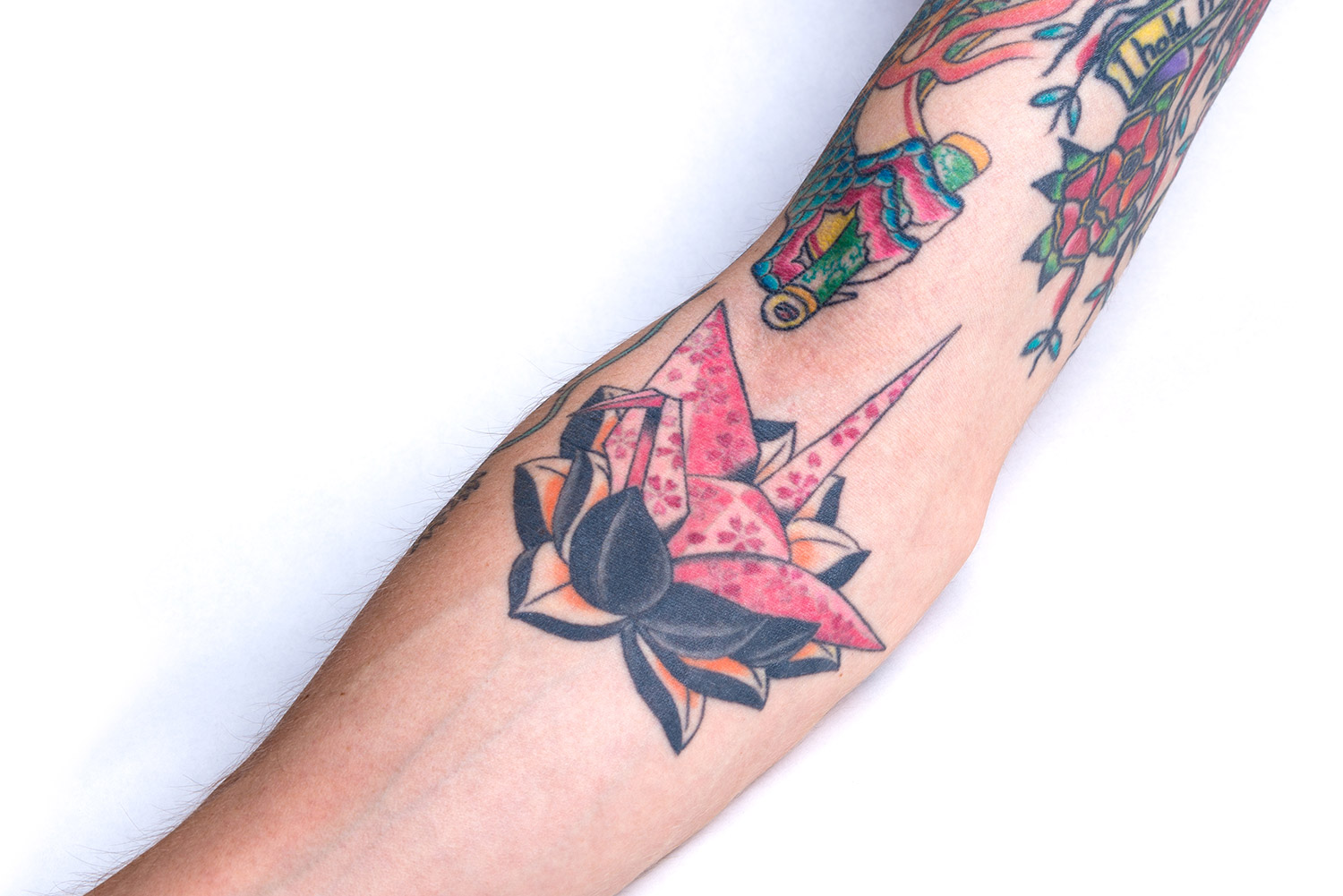

IREZUMI – THE CULTURE OF JAPANESE TATTOO
The history of Irezumi
Some say that the tradition of the Japanese tattoo art is more than 10,000 years old. It has been confirmed that irezumi were created as early as between 300 BC and 300 AD. At that time, they were symbols of social status and served a protective role. In the subsequent centuries, the meaning of the tattoo changed, and people were tattooed to mark their punishment for the committed deeds. The tattoos in their present form started to appear in the 17th century. In the late 19th century, the tattoos were made illegal by the Japanese government, although they were still popular among criminals and foreigners. In 1948 tattoos were legalised again, although they were still associated with the criminal world. Nowadays, tattoos have regained their popularity among young Japanese people, but for the majority of Japanese society they still have negative connotations.
The traditional Japanese tattoo technique
The tattoo design should traditionally be up to the tattoo artist, but nowadays it is increasingly popular to use ready-made designs or even to bring your own. However, should you decide to get a traditional irezumi tattoo, you must be aware that the tattooing will be long, painful and expensive. It can take up to 5 years to tattoo your arms, thighs and torso.
Initially, the tattoos were made with the same tools that were used to create wood engravings, i.e. chisels and burins. The colour came from nara ink, also known as nara black, which was produced from soot collected from temple lamps. The ink is known to turn green-blue after being injected under the skin.
A genuine Japanese tattoo should be performed by a tattoo master (horishi) using a traditional tebori, i.e. a bamboo stick, to which a metal hari needle is attached with a silk thread. The colour is introduced, point by point, underneath the skin, which is pricked at an angle. Nara black is still used as ink. Also used are red, green, indigo, yellow and colours resulting from combining these.
Before tattooing, the artist has long conversations with the client and only after that does he present his project. If the design is approved, he starts his work by drawing the contours by hand. The colours and shadows are then gradually added. After the work is complete, the author leaves his signature, usually on the back.
The patterns and meaning of Japanese tattoos
A dragon, which is the symbol of water and rain, and not as one would think of fire, is the most popular pattern. It personifies generosity and knowledge. Another popular pattern is the koi. These fish are seen as symbols of strength and courage, since they are known for their tendency to swim against the current, upstream the Yellow River. Those who succeed in this difficult task are transformed into dragons, which is why the koi also symbolises perseverance and a change for the better.
The snake, which symbolises knowledge and wisdom, is also a popular theme. Skin shedding is interpreted as healing and regeneration. A phoenix drawn on one’s body symbolises rebirth and victory. A tiger stands for courage and strength. In addition, a tiger tattoo is to protect against misfortunes and evil spirits. A tattoo with a lion with pointy ears protects its wearer and is intended for people who value heroism.
Flowers is another, very popular theme for a Japanese tattoo. Lotus means understanding, knowledge and enlightenment. The frail cherry blossoms symbolise mortality. Chrysanthemums demonstrate perfection and longevity. Roses are associated with a new beginning and balance, but if they are presented with a stem, they are interpreted the other way round – as a symbol of recklessness and loss. The peony symbolises elegance, orchid stands for power and strength, and hibiscus for gentleness.
The Oni mask is an equally popular theme. It is a face of an evil spirit or demon, found in Shintō and Japanese folklore, and is associated with diseases, disasters and misery. A person who wears such a tattoo manifests their faith in demons which punish evil people around us.
It is worth knowing that Edward VII, King of the United Kingdom, who “brought” a dragon irezumi souvenir from Japan, contributed to the popularity of tattoos in Europe as a form of decorating one’s body. Shortly after the press made it public, other aristocrats also wished to have tattoos, and the first European tattoo studio was established in 1870.























